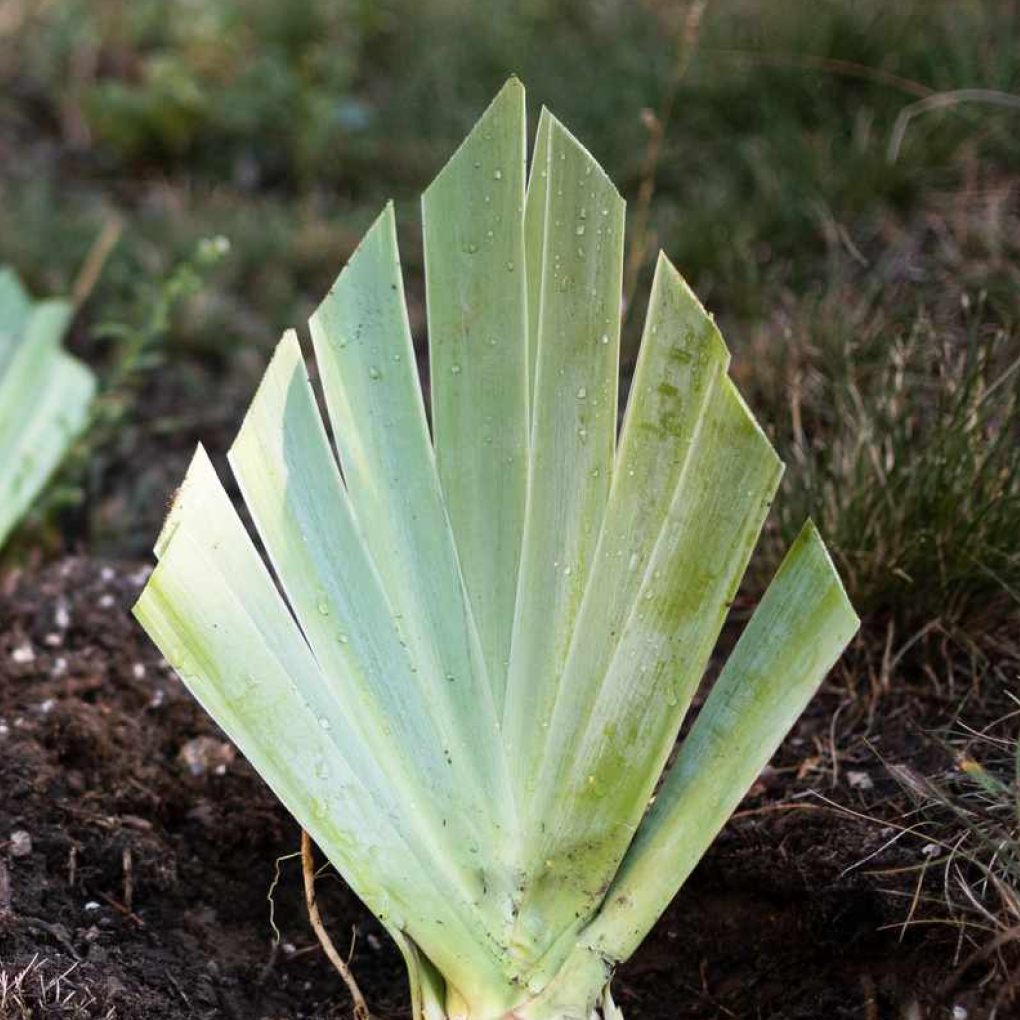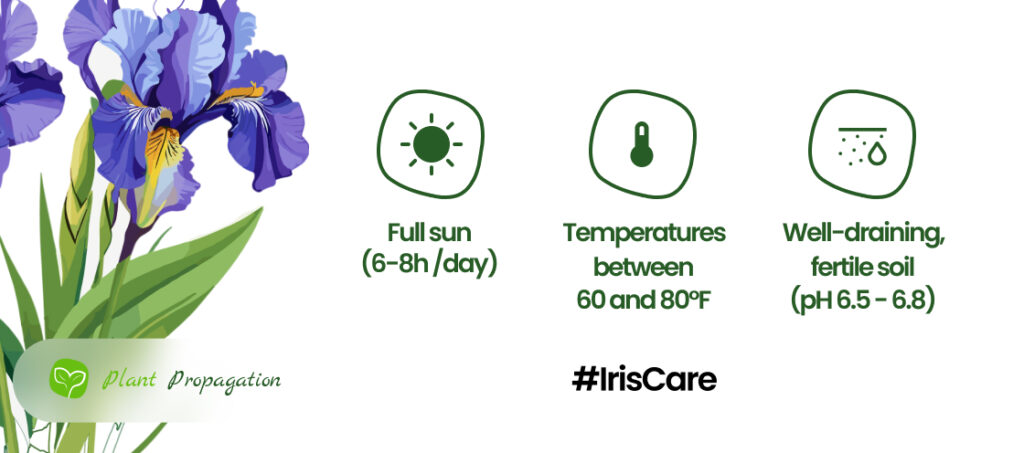
Welcome to our comprehensive guide on how to prune iris plants! Pruning your irises is a key step in maintaining their health, promoting abundant blooms, and shaping them for maximum beauty in your garden. In this article, we’ll walk you through everything you need to know about pruning iris, from why it’s important to the step-by-step process and aftercare tips. Let’s teach you how to prune iris plants the right way!
Why Should You Cut Back Irises?
Trimming your irises is important because it helps keep them healthy by preventing diseases like blight, leaf spot, and soft rot. These problems can happen when the leaves stay too wet for too long, so cutting them back helps keep them dry and your irises looking their best. You also stimulate new growth, remove dead or diseased foliage, and encourage the plant to focus its energy on producing vibrant blooms.
The Best Time to Prune Irises
Timing is key when it comes to pruning iris plants. The ideal time to prune irises is in late summer or early fall, after the plant has finished flowering for the season. This allows the plant to recover and prepare for the next growing season.
When to Prune to Limit Disease
As a rule, aim to prune in late summer or early fall when the weather starts getting cooler. This timing helps improve air circulation around the plants, reducing the risk of moisture-related diseases. Additionally, removing any diseased leaves promptly and trimming back plants that look messy can further limit the spread of diseases and keep your irises thriving.
The Tools You’ll Need
Before you begin pruning your iris plants, it’s essential to clean your pruning shears. You don’t want to risk spreading any diseases to your plants. Essentially, all you’ll need is a good pair of pruning shears (although scissors can work too) and a sturdy glove to protect your hands from accidental cuts.

How to Prune Iris Step-by-Step
Now that you have your tools ready, let’s dive into the step-by-step process of pruning iris plants:
Pruning for Blooms
- Remove Spent Flower Stalks: After your iris has bloomed, use your clean pruning shears to cut the stalk at its base. Remember, angled cuts are best to prevent diseases!
- Trim in Mid-Fall: During fall, trim back the clump of iris leaves to about 5 inches tall at the center and 3 inches tall on the outside. If done right, this encourages healthy leaves and continued photosynthesis, promoting consistent blooming. Also, remove any dried, discolored, or diseased leaves at this time.
Pruning for Winter
To prepare your irises for the colder months, follow these steps:

- Wait for the Frost: Keep an eye on the weather forecast and wait for the first frosts to occur. Once most of your iris leaves turn brown and dead, it’s time to trim your plants.
- Trim the Plants: Use your pruners to cut each iris leaf straight across, leaving about 2 inches sticking out of the ground. This helps conserve energy for the plant’s roots.
- Create a Fan Shape: Make angled cuts on the sides of the trimmed irises to create a fan shape. This not only makes your irises look neat but also helps prevent diseases from spreading.
- Wait for Spring: Allow your irises to regrow naturally in the springtime, giving them time to recharge and develop fresh, healthy leaves and buds. Be patient, as you won’t see progress until spring arrives.
Aftercare
After pruning your iris plants just water them regularly, especially during dry periods, and fertilize them as needed to promote new growth. Mulching around the base of the plants can also help retain moisture and suppress weeds.

Conclusion
To sum it up, pruning irises is essential for maintaining their health and promoting vibrant blooms. By trimming them at the right time, you can prevent diseases like blight and leaf spot, ensuring your irises stay healthy and beautiful. Here are the main takeaways:
- Remember to clean your pruning shears before starting and use proper tools for the job.
- Removing spent flower stalks and trimming the plants in mid-fall encourages healthy growth and consistent blooming.
- Preparing your irises for winter by trimming them back and creating a fan shape helps them withstand colder temperatures.
Frequently Asked Questions
When should I cut back irises?
You should cut back irises in the fall, after flowering and once the blooms start to fade. This helps prepare them for the cooler temperatures and promotes healthy growth for the next season.
How and when to deadhead irises?
To deadhead irises, wait until the flowers have fully withered, then find the flower stalk and cut it cleanly at the base where it emerges from the foliage.
How do you prune winter irises?
When pruning winter irises while they bloom, just take off yellow or dead leaves and trim any brown leaf tips. Make sure to remove any sick or dead leaves for a tidy look.
Can I divide iris rhizomes while pruning?
Yes, you can divide Iris plants while pruning in late summer/early fall. First, cut the whole plant back to about 5 inches, dig it out of the ground, divide it, and plant the divisions into the ground (about an inch deep, at least 10 inches apart). After you are done with planting, give them a good soaking.
